Who doesn’t know Vincent Van Gogh and, of course, his remarkable works?
I don’t think there is any such painting by him that has not come to light in public and become famous!
However, I wonder what makes Vincent’s work so renowned?
Is his particular pattern a secret or is drawing things in pain?
With the thought of discovering the style and technique of this famous sad painter, here is a blog on “Van Gogh Style of Art.”
Shall we start?
What Style Does Van Gogh Use
Who doesn’t want to paint like Van Gogh?
Below are the 5 ways in which he used to put his skillful techniques into practice.
1. Bold and Direct Brushstroke
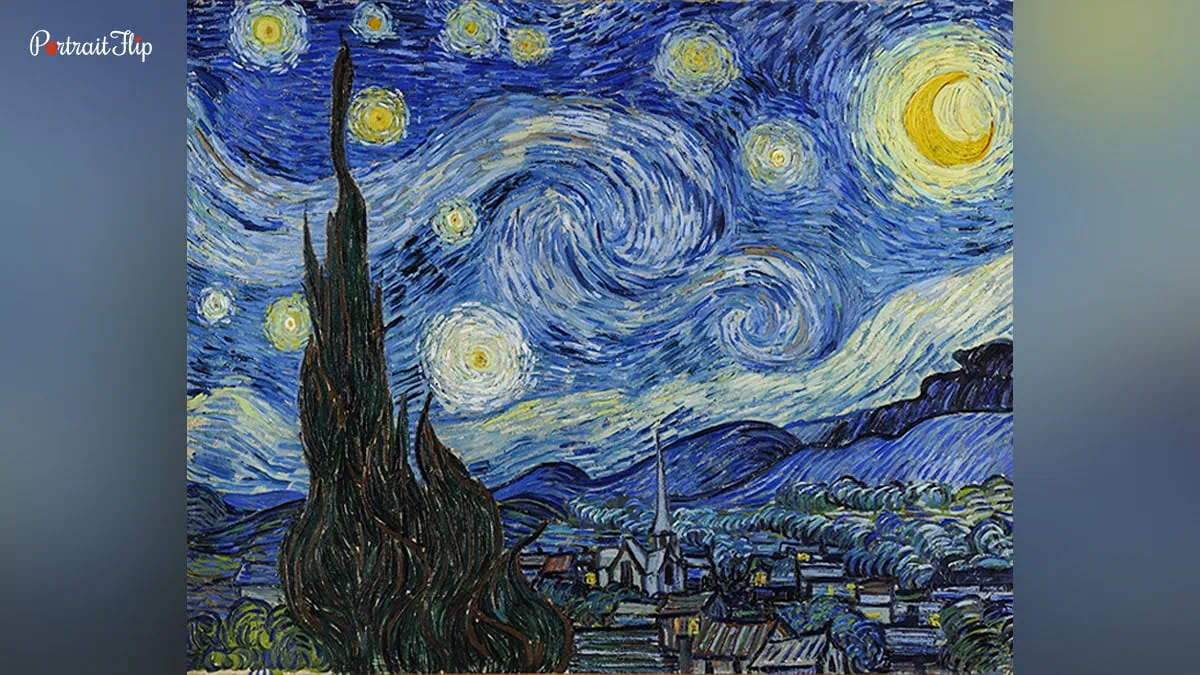
The frequent use of bold and direct brushwork is clearly seen in Van Gogh paintings.
Let’s start with something clear: Van Gogh’s paintings often use bold, directional brushstrokes.
These strokes twist, turn, and swirl around the subject, giving his paintings a unique sense of movement and energy.
They also help define the shapes and forms in his artwork.
Take Vincent van Gogh’s “Field With Plowing Farmers” from 1889 as an example.
Van Gogh had a great feel for movement and space, even though he didn’t study physics.
Look at his famous painting “Starry Night”—the way he shows the sky’s movement is surprisingly accurate.
This is one reason his paintings seem so alive and dramatic. If you examine his work closely, you’ll notice that each bold brushstroke creates tiny shadows and highlights, adding a three-dimensional effect.
2. Have a Look at Outlines
Van Gogh often used dark lines around objects to make them stand out.
This style was inspired by Japanese art and woodblock prints, which he loved.
In his painting “The Large Plane Trees (Road Menders at Saint-Remy)” from 1889, Van Gogh used this outlining technique.
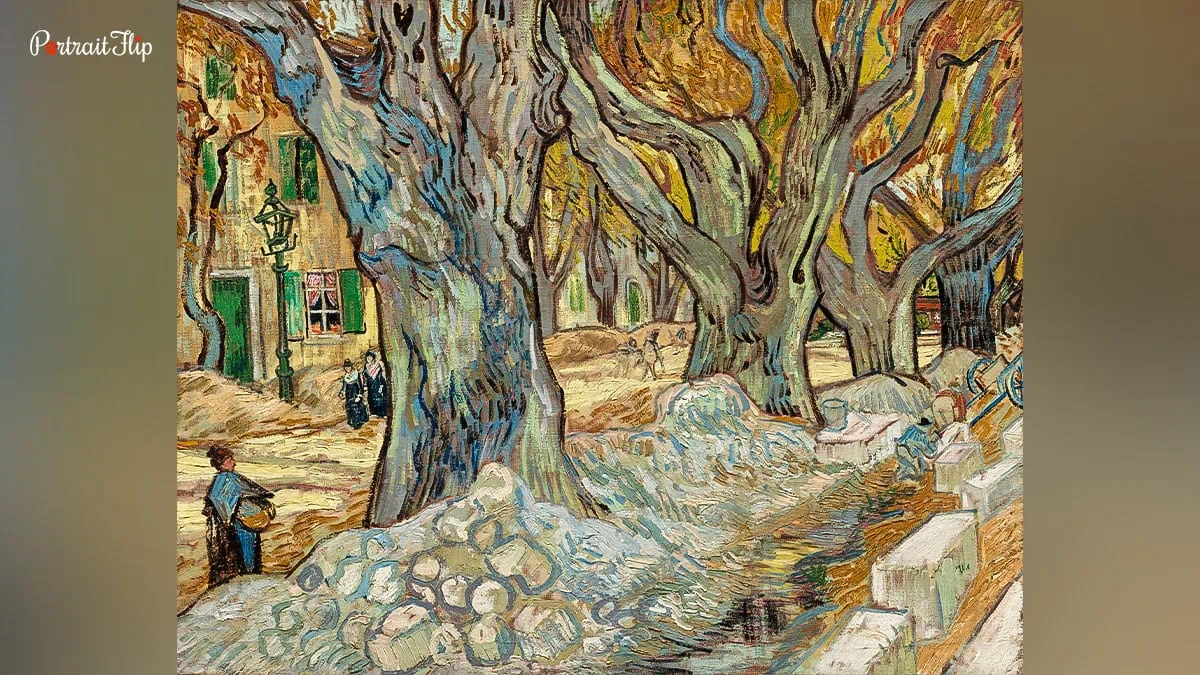
Outlining is a simple but effective way to make parts of your painting stand out.
However, it’s more about style than showing things exactly as they are.
In real life, we don’t see objects with dark lines around them; instead, colors blend smoothly into each other.
That’s why realistic painters like John Singer Sargent or Joaquín Sorolla don’t use outlines much.
They prefer to use changes in light and shade to define objects. Still, outlining can be a useful tool for any painter.
Suggested Read: Vincent Van Gogh: The Artist’s life Behind the Canvas
3. Color Palette
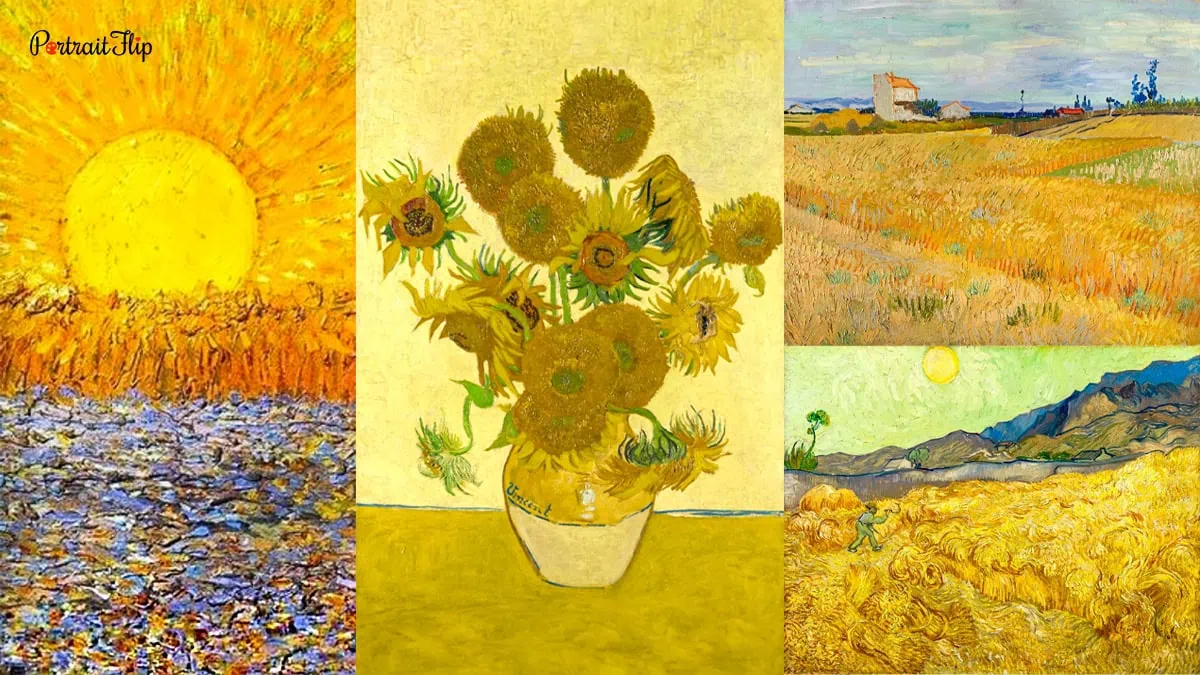
Van Gogh was greatly influenced by the Impressionist movement and color theory.
He used colors that contrast with each other to create a balanced and exciting look.
His love for Japanese woodblock prints also inspired him to use bright, vivid colors that capture the feeling of his subjects and scenes.
Van Gogh’s bold use of colors gives his paintings a dreamy and otherworldly feel.
He chose colors based on his emotions, with each color reflecting the mood and atmosphere he wanted to show.
4. The Fast Work
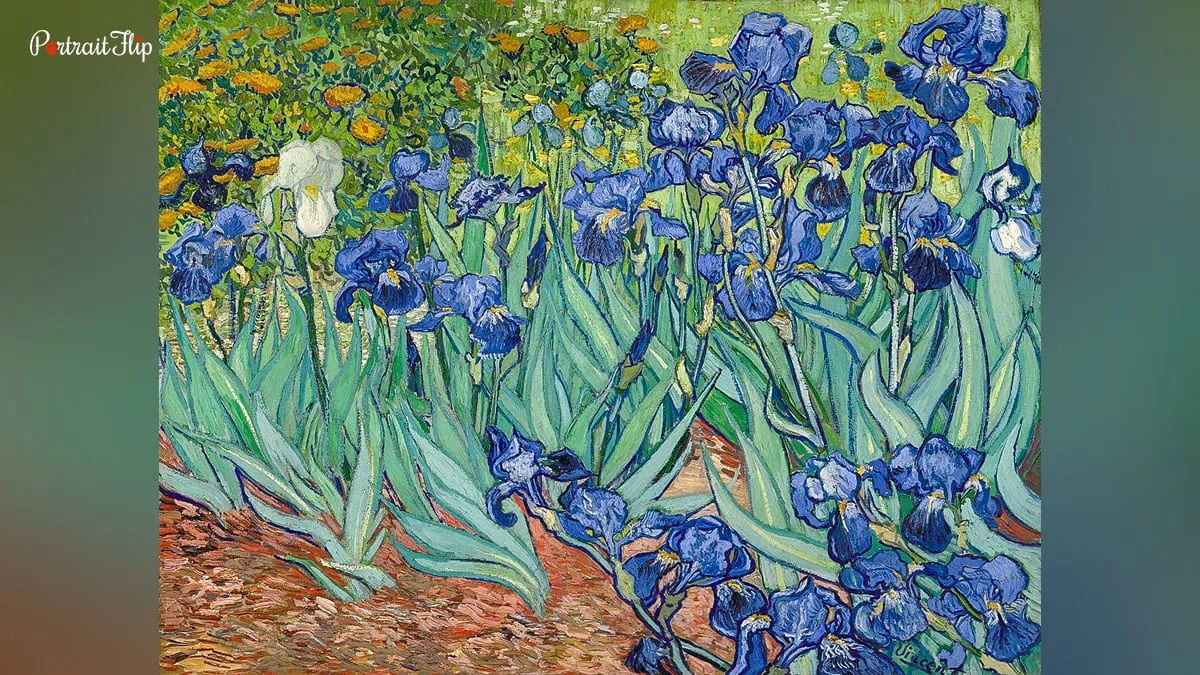
Van Gogh worked quickly. In just over ten years, he made more than 2,000 drawings and paintings.
His last few years were especially busy, and he created many of his most famous works, like Café Terrace at Night and Starry Night.
It seems like he was full of ideas and creativity that he wanted to put on canvas quickly, possibly because he felt he didn’t have much time left.
Money might have also been a factor, as painting fast could mean using less paint that would otherwise dry out.
His fast way of working adds to the charm of his art.
It feels spontaneous and genuine, as if he didn’t have time to perfect his ideas and just needed to paint them right away.
5. Emotions
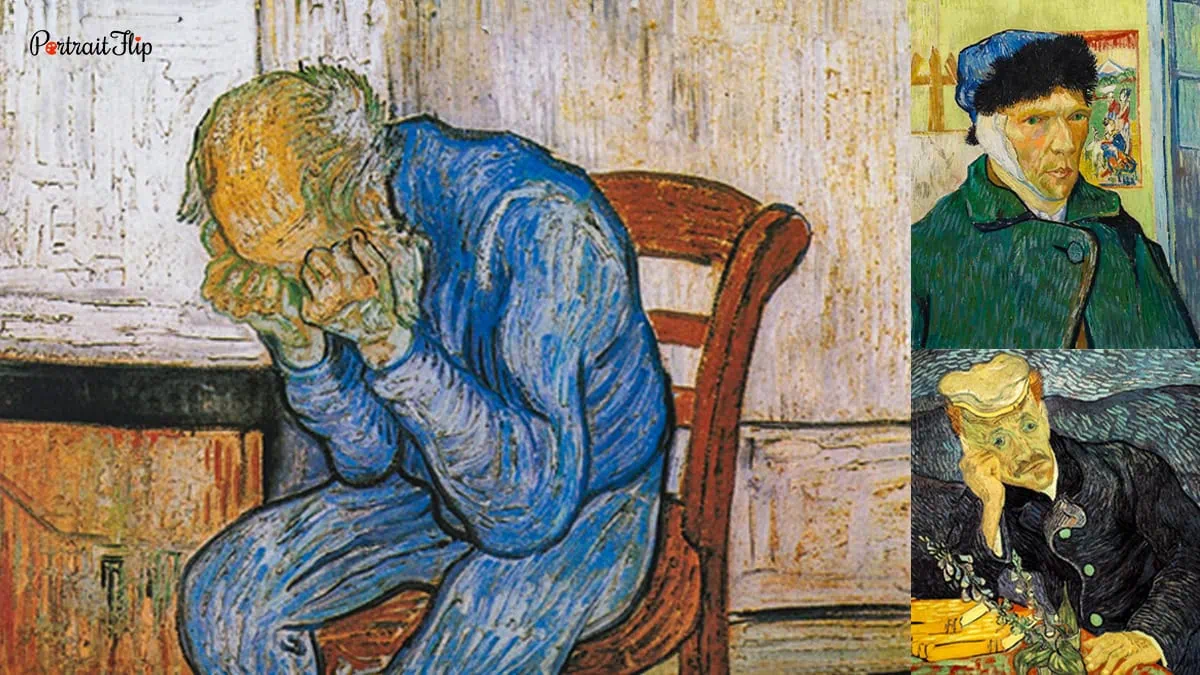
Van Gogh’s work is deeply emotional.
He didn’t just paint what was in front of him; he captured how he felt and experienced each subject.
This emotional depth makes his paintings feel genuine and relatable.
His art suggests he was highly sensitive to the world and all its emotions.
It seems he experienced everything intensely, from profound sadness to vibrant joy.
This range is evident in his work, which includes both deeply moving portraits and bright, cheerful landscapes.
Each piece reflects his strong emotional responses and personal experiences.
6. Same Subject, Different Feeling

Van Gogh often painted the same subject multiple times under different conditions.
For example, he created several paintings of orchards in 1888.
This repetition might have been his way of studying how light and color change or capturing various aspects of the subject.
Claude Monet also painted the same scenes repeatedly, but with a stronger focus on color and light.
If I had to guess, Van Gogh was more interested in exploring the emotions and character of his subjects rather than just their visual aspects.
It’s interesting to review a chronological list of Van Gogh’s paintings to notice recurring subjects and themes.
This overview can reveal patterns in his work and provide insight into his artistic exploration.
How Van Gogh Start His Artistic Life
After knowing Van Gogh style art, aren’t you curious to know how his technique emerged?
Just like any other parent, Vincent’s also wanted his son to do something other than be an artist in his life.
However, Van Gogh did not stop working on his skills and started painting lessons in The Hague.
Van Gogh used drawing to quickly capture light and images, often sketching his ideas before starting a painting.
He also made almost 150 watercolor paintings.
Even though they didn’t have his usual brush strokes, their bright colors made them clearly recognizable as his work.
At first, he used watercolors to add color to his drawings, but eventually, they became important artworks on their own.
In 1882, Van Gogh started trying out lithography, creating a series of ten graphic works—nine lithographs and one etching.
He made a lithograph of “The Potato Eaters” to reach more people and try to make some money.
Love the Read?
What a beautiful journey of artistic life Van Gogh had, right?
I hope you loved what you read.
Van Gogh and his life has always been a roller coaster but he still achieved what he wanted in his life.
At PortraitFlip, we create replicas of famous paintings. Do explore because you’ll love it.
I’ll be back with new blog soon. Till then, keep reading and exploring!





